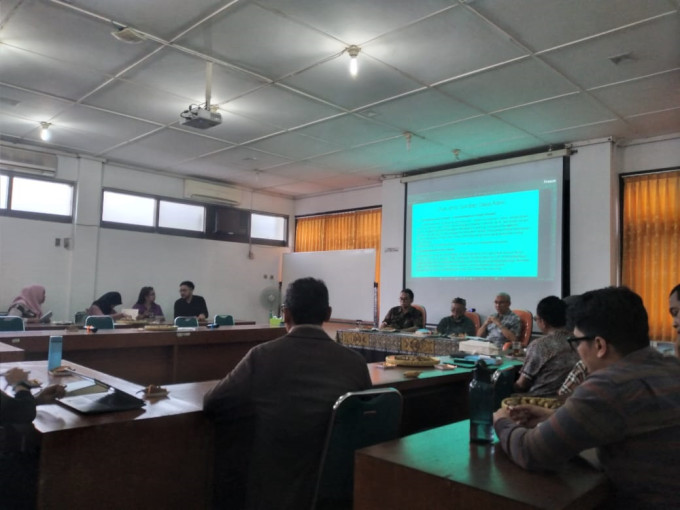
Indonesia’s abundant natural resources have led to debates regarding their distribution and utilization.
The government plays a significant role in determining how natural resources are managed and what development priorities should be pursued. Ironically, the extraction and use of these resources are often criticized for not fully benefiting the people.
On Wednesday (September 14), the Social Research Center of the UGM Faculty of Social and Political Sciences and the UGM Center for Rural and Regional Studies addressed political and environmental issues in a book titled “Analysis of Natural Resource Governance Policies” by Professor Hariadi Kartodiharjo from the Faculty of Forestry and Environment, IPB University.
This discussion unveiled various perspectives on natural resource policy implementation in Indonesia.
“In essence, we have both living and non-living natural resources. Indonesia has an abundance of both. We are accustomed to this abundance without realizing that these resources can be depleted,” said Ismid Hadad, Chair of the KEHATI Foundation Advisory Board, who introduced the book.
“Moreover, we use many non-living natural resources, and their extensive use often damages other resources.”
He mentioned that the government’s development goals still prioritize economic growth alone. Various policies seem rushed and immature, resulting in a lack of sustainability.
“Our government tends to favor extractive economic policies. It prioritizes mineral and energy resources over nurturing vital natural resources for the future. These policies are seen as more profitable and faster in damaging our environment,” added the chair.
“However, the most important aspect is our natural resources, and even more important is how biodiversity can be sustained.”
The book, sponsored by the KEHATI Foundation, thoroughly examines various perspectives on implementing natural resource management in Indonesia.
The extractive utilization of natural resources, which attracts significant foreign investments, also increases the potential for irresponsible environmental damage.
Dinda Ahlul Latifah, a researcher at the Institute for Research of Empowerment, offered her perspective as a young generation member.
“When I conducted surveys in villages as a researcher, I realized many inequalities, especially due to land use conversion. When the government or private sector buys land from the community, causing them to be relocated, what they receive is not equivalent,” the young researcher said.
“For example, before, they had houses with spacious yards and gardens, but after relocation, they only received small houses without land. So, how can this village issue be resolved?”
Latifah added that despite the existence of village aid policies and village empowerment, communities are increasingly exploited. Many rural tourism development programs have led to villages with specific characteristics as tourist attractions.
However, this has caused organic growth in villages to stagnate. Villages are not functioning as they should but are forced to adapt to modern developments, removing various rural characteristics.
“We, as young people, feel pressured too. Industries own many lands; our lands are relocated. There is also pressure on young people to buy land. How can we acquire land if industries dominate everything?” she said.
“Not to mention the numerous land conversion cases that only prioritize economic aspects but eliminate cultural, spiritual and the original character of the land.”
Furthermore, the book also highlights how these policies may lead to the prosperity of the people. The exploitation of natural resources and land in rural areas has not been able to bring prosperity to the people.
However, these lands have been owned and cared for for generations, even for daily life. At the very least, communities should have the right to formulate policies, regulate, manage, and oversee to achieve justice and prosperity over the land.
“This book also explains the positivist perspective. Perhaps there are now many rural development programs. However, villages are only seen as part of the collective. So, the problems of each village are considered the same, and the solution is the same,” Latifah added.
“We see many changes in village development, such as the digitalization of villages and smart villages. However, their actual problems are not addressed, and these changes are often considered sufficient.”
Author: Tasya

